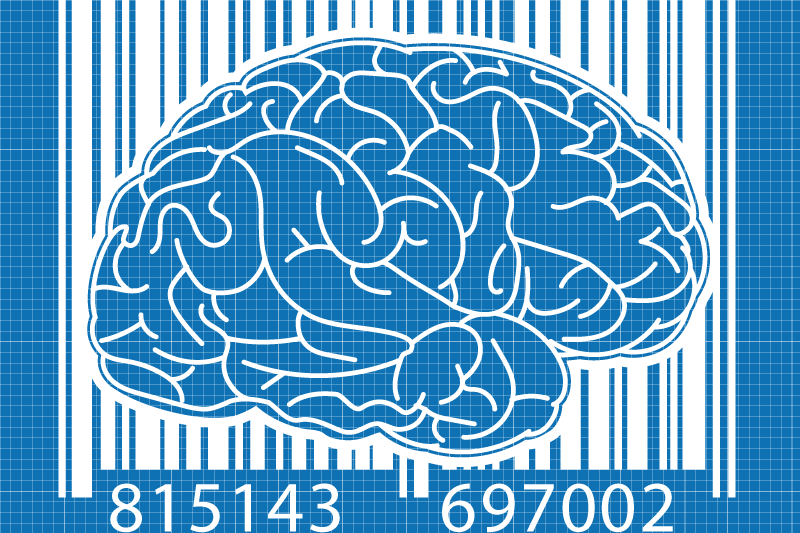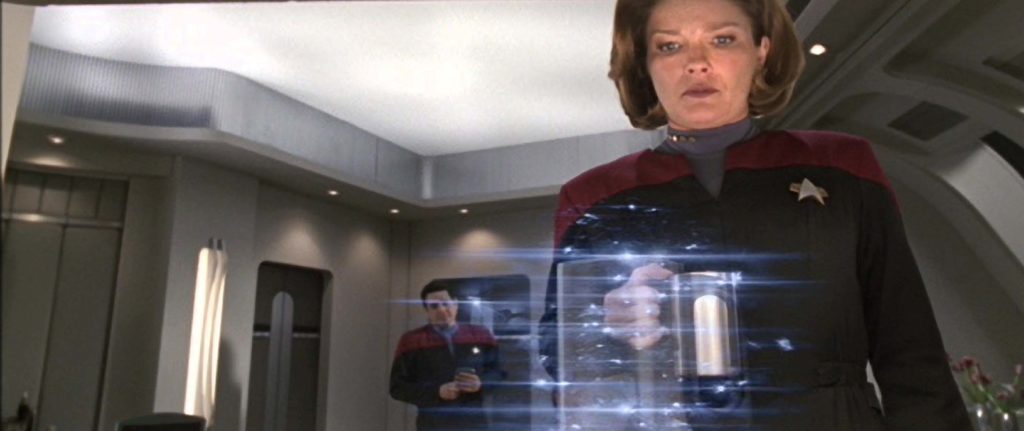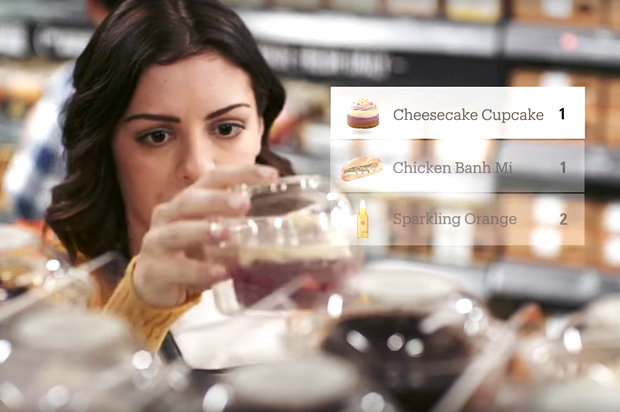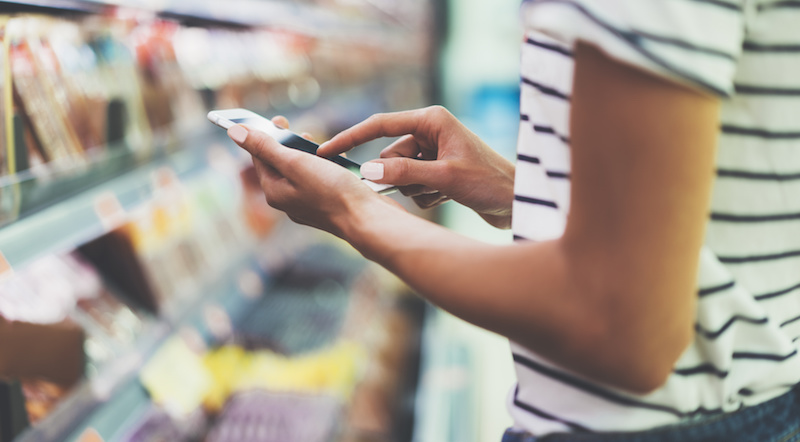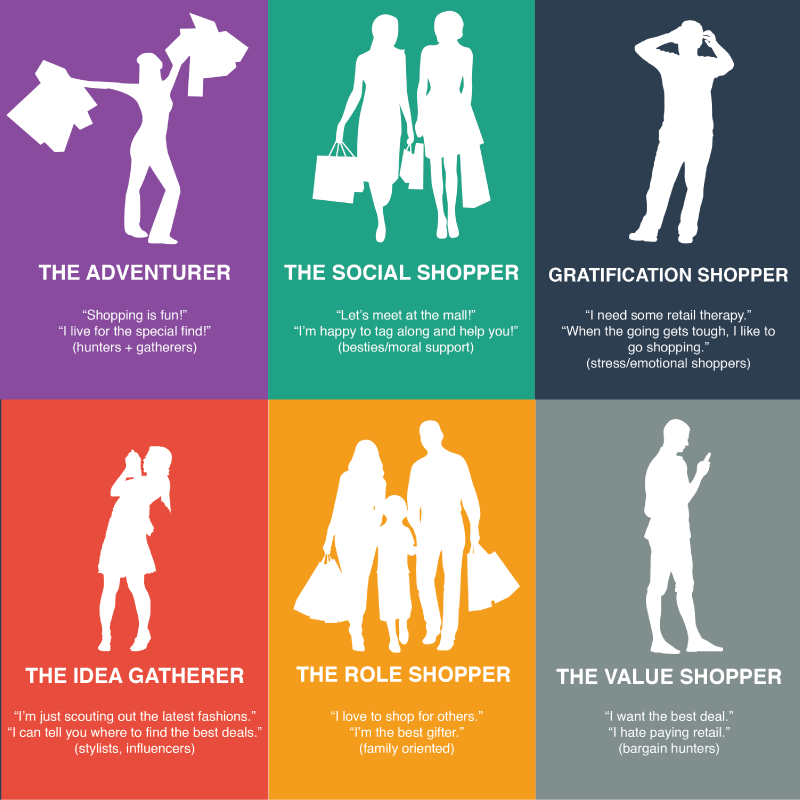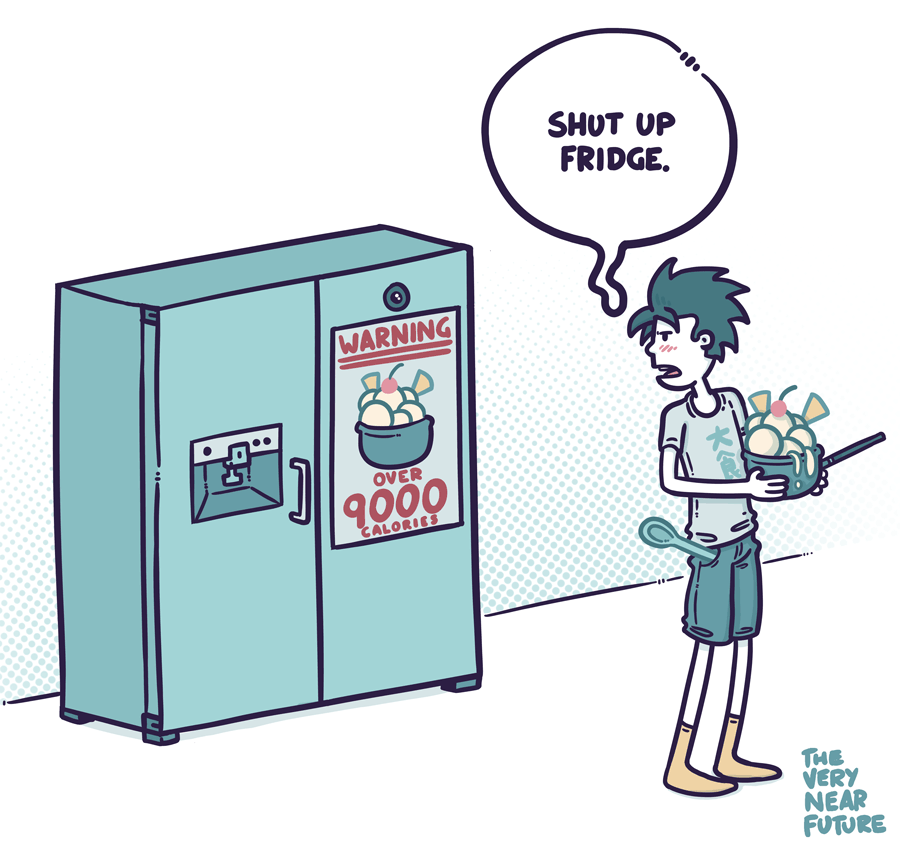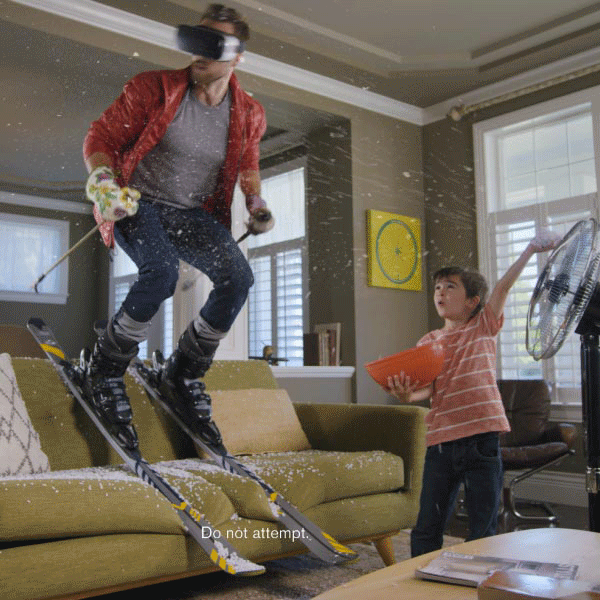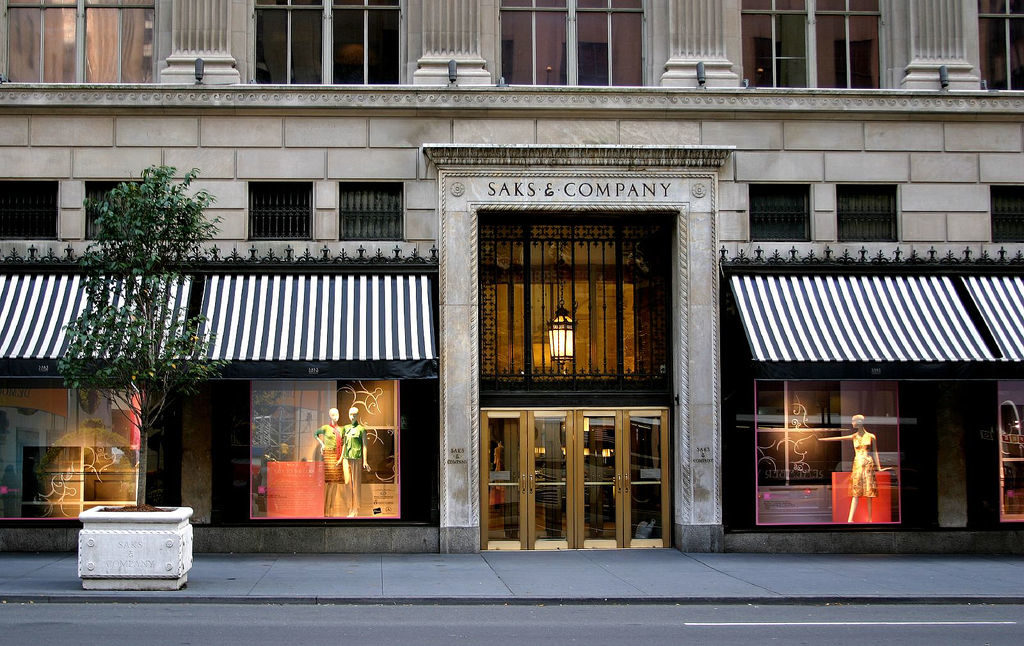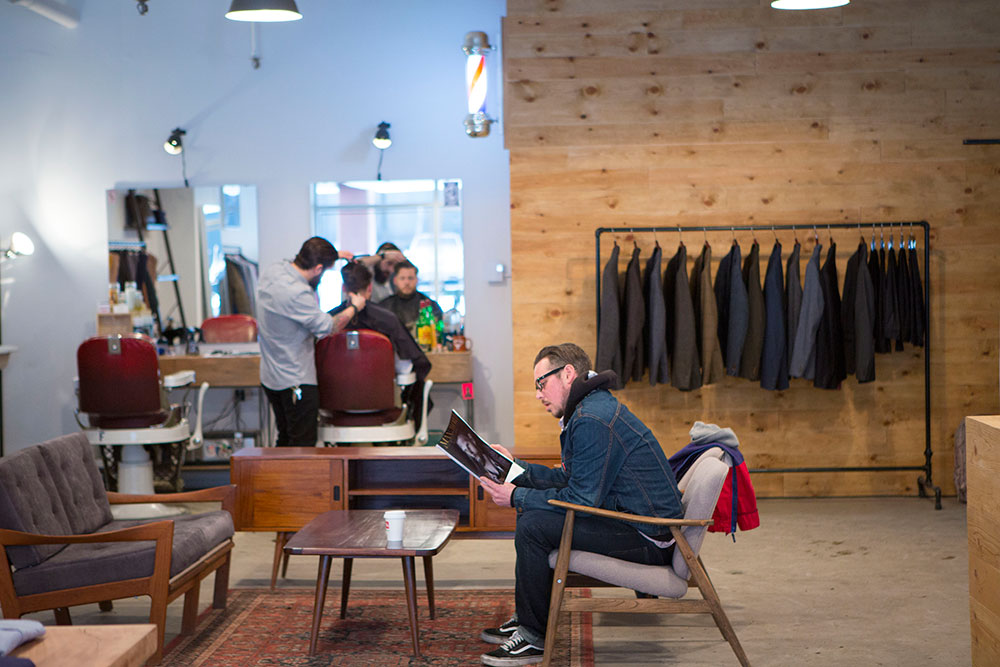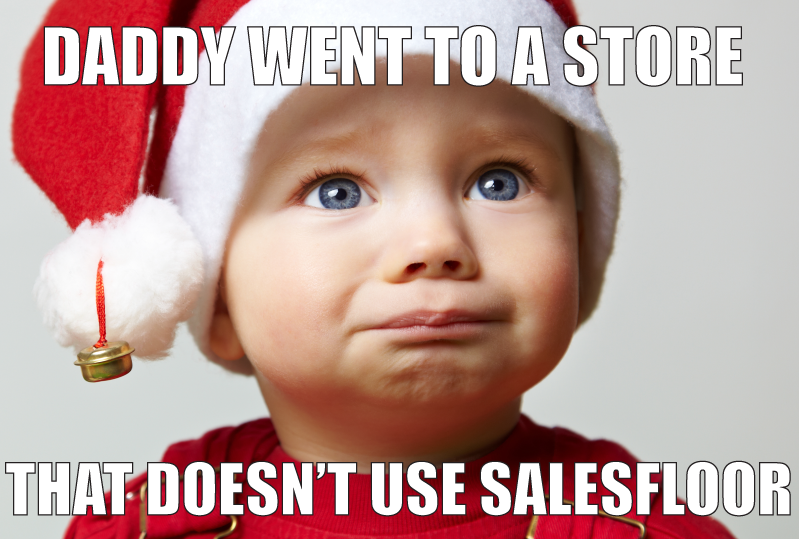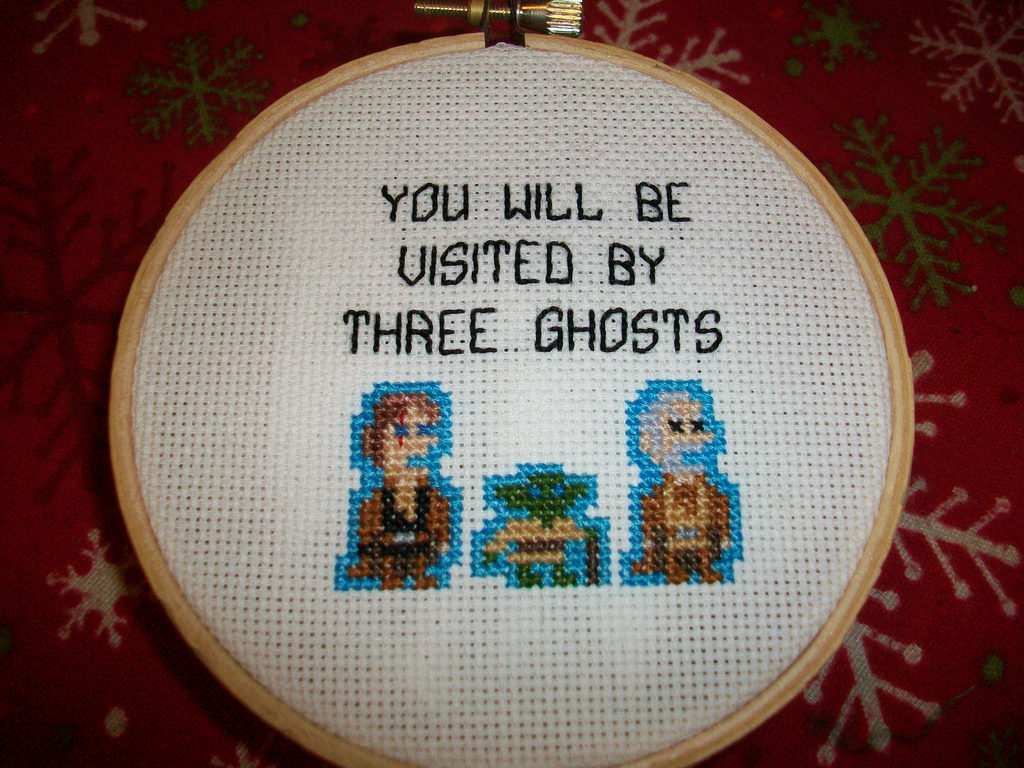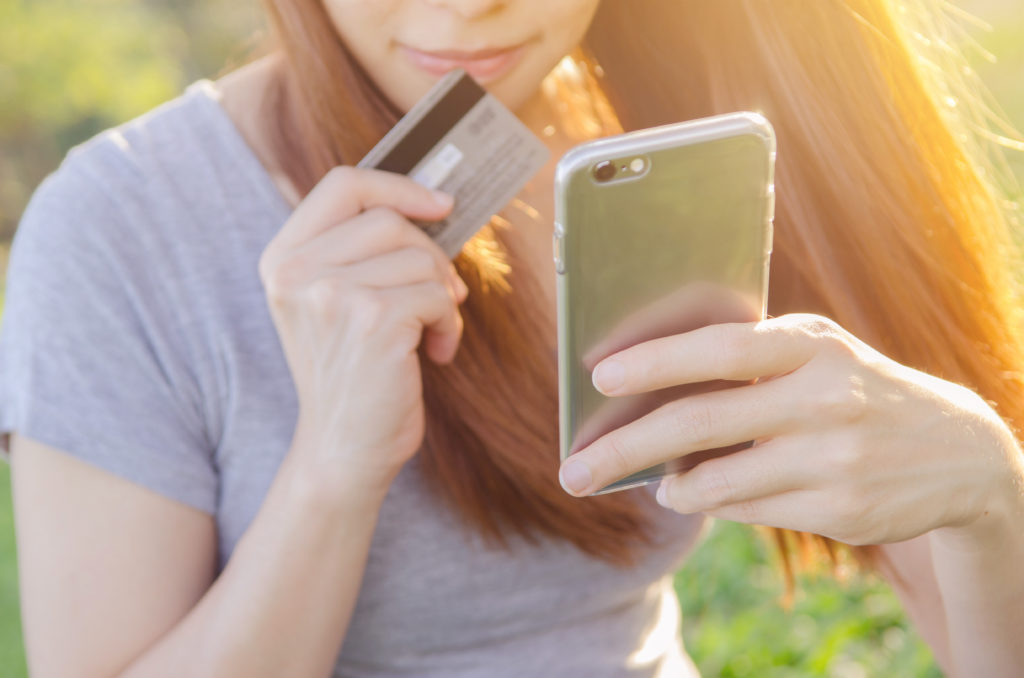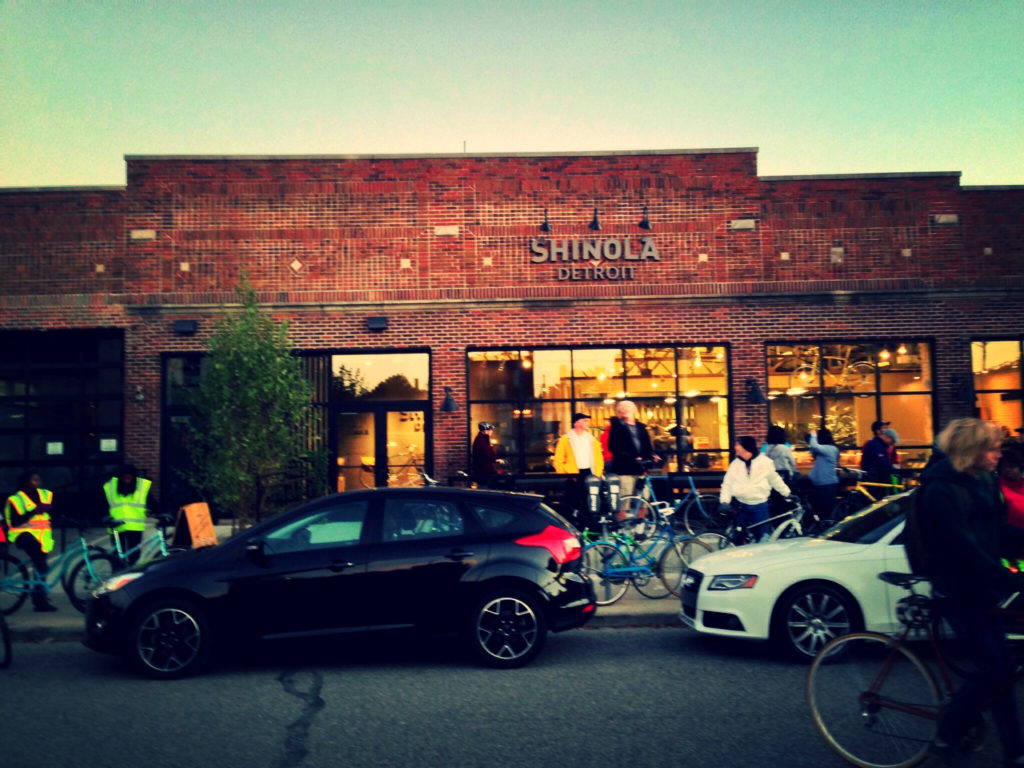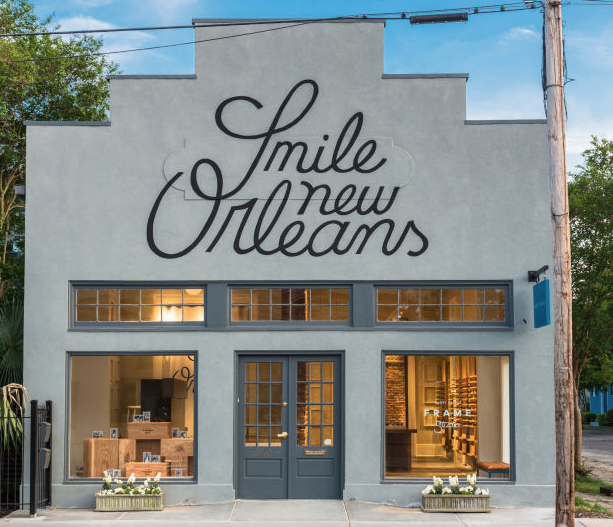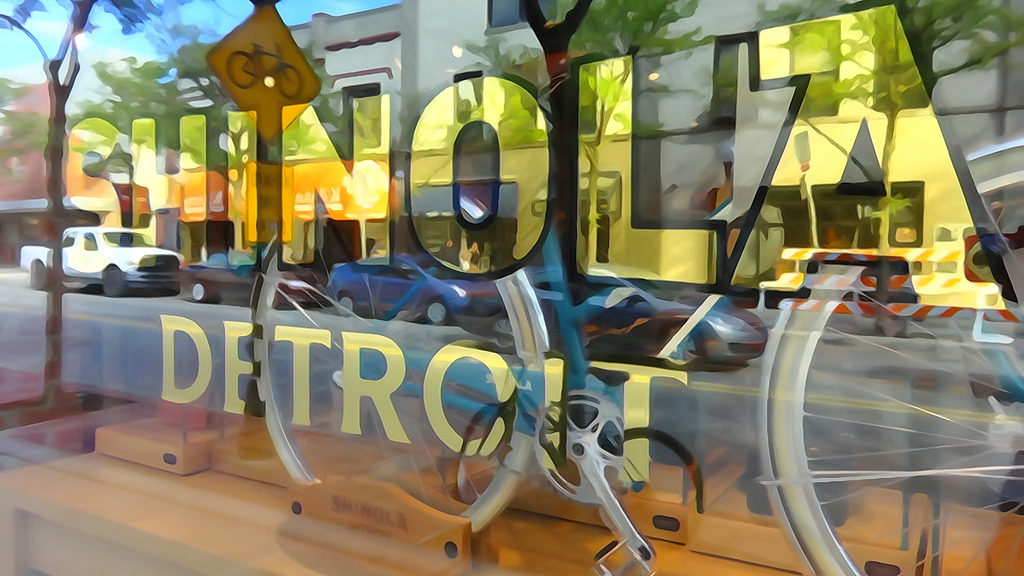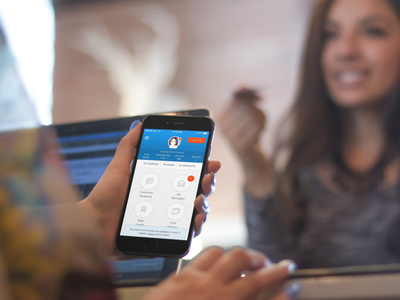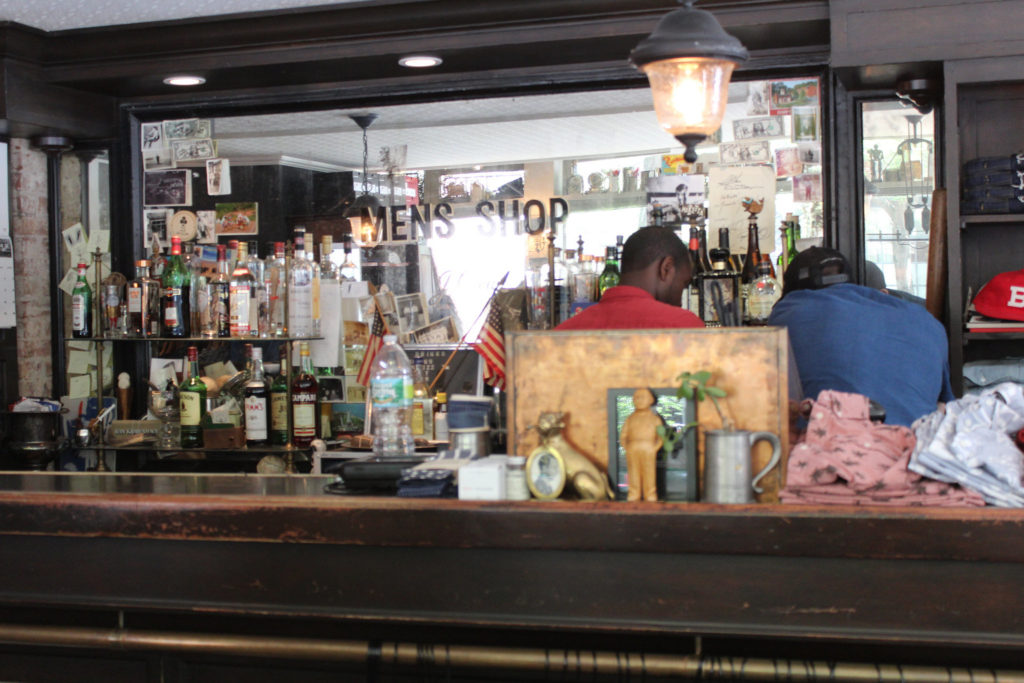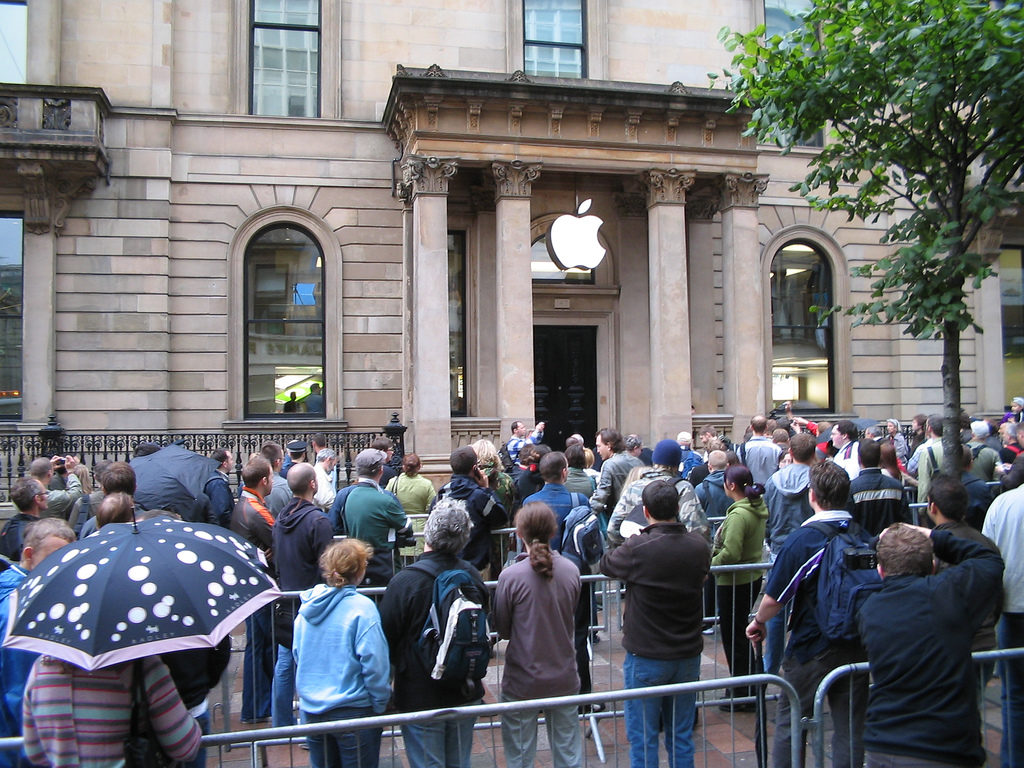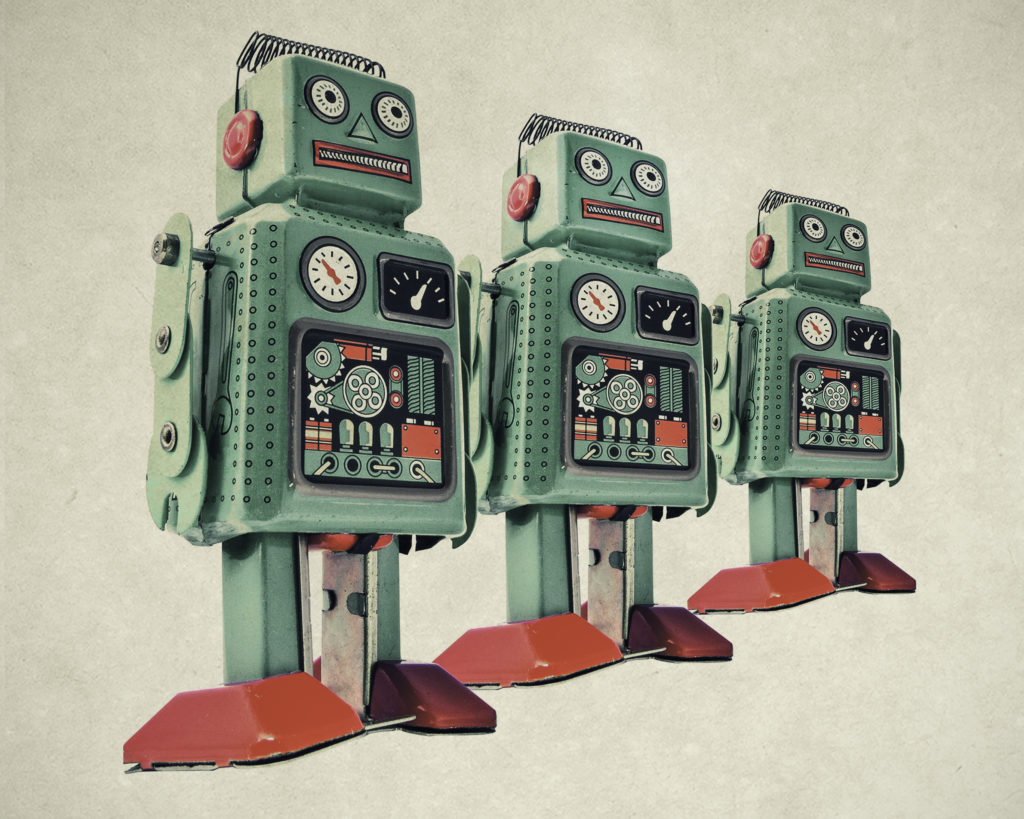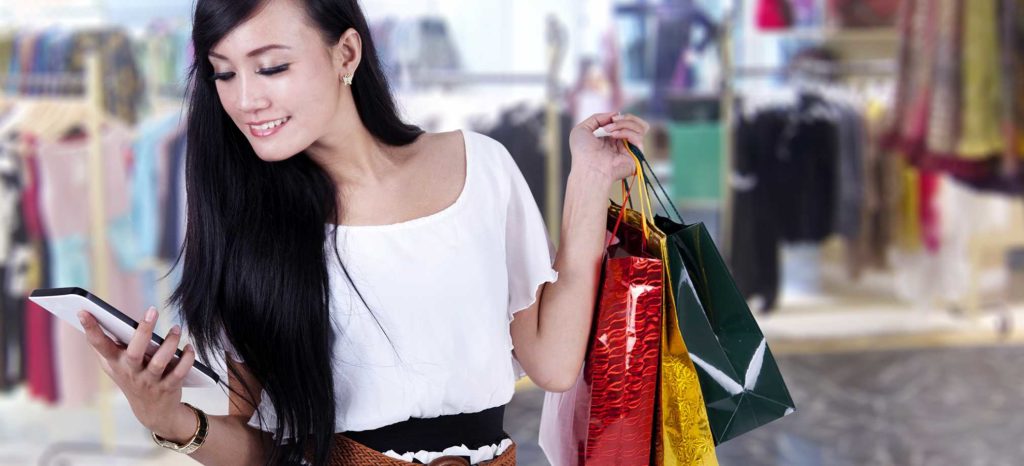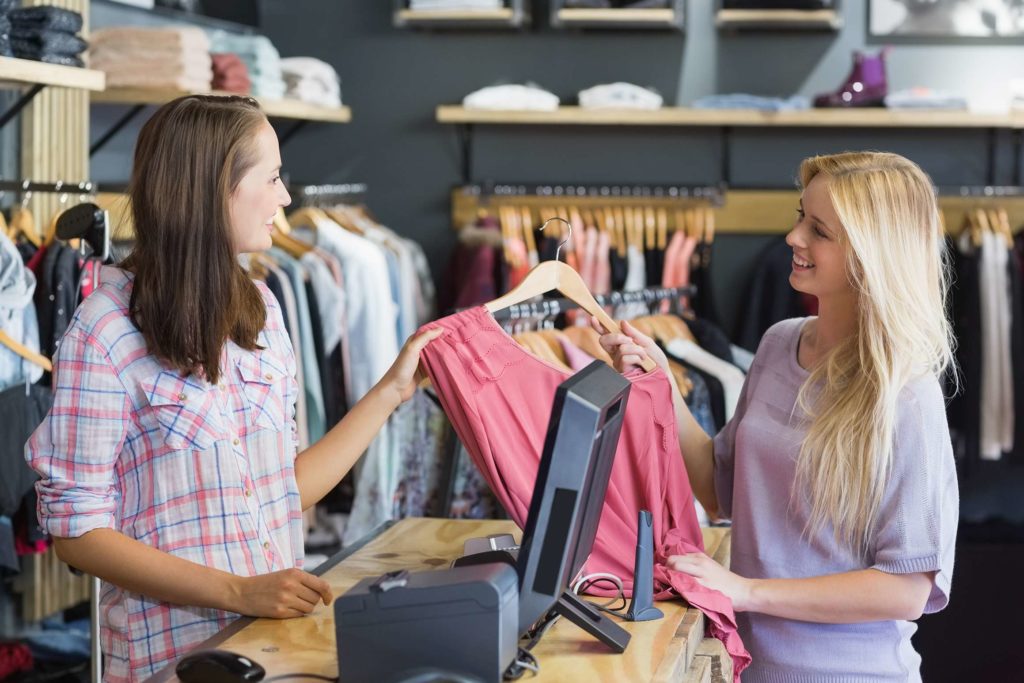We’ve all imagined it- a world where our demands are catered to by computers and robots so that a lot of the daily drudgery is taken care of by someone else. And taking a look at the pace at which things are advancing, it looks like our lives are quickly hurtling towards complete automation.
While it’s interesting to believe that eventually we will be living in a utopia where everything is done for us at the tap of a button, there are major flaws to offloading our lives to computers. Anyone who has accidentally ordered the wrong item online can attest that sometimes automation can be a bigger pain than just getting the correct item in a store.
Associates vs. Automation on Flexibility
The reason ATMs have not made tellers extinct is the same reason that automated kiosks at fast food restaurants are slow to be adopted: people often need to interact with people to solve their problems. Programming and artificial intelligence are great, but you can’t code for every possibility of issue a person might experience. Ever tried to call the 1-800 number for a company and not had any of the number options apply to you? For a sizable portion of the population, this is often the case.
“The reason ATMs have not made tellers extinct is the same reason that automated kiosks at fast food restaurants are slow to be adopted: people often need to interact with people to solve their problems.”
The same holds true for retail. As much as people are fine buying consumables (shampoo, razors, etc) from an online drugstore, there are still people who will never buy a pair of shoes or a jacket without trying it on in store and talking to a sales associate.
Winner: Sales Associates
Associates vs. Automation on Personalization
Consider that while Sephora does a brisk business online, it’s very difficult for someone to find a shade of lipstick that would match a dress they have to wear to a wedding, or for someone to accurately understand whether a moisturizing or smoothing conditioner would work better for them, without speaking to a person who understands the product line. Even if a color swatch for a lipstick is 100% accurate (impossible to do with current technology) then there are the other qualities a lipstick has: texture, weight, matte vs shiny, longevity, whether it has plumping or smoothing ingredients, to consider. 2 minutes with a sales associate and you can have all the answers and make an educated decision on whether that lipstick is right for you.
Consider all the areas in your life where you hold opinions on how something should be, or you have special requirements. Even if you read all the text on a page for a sweater and all the reviews, you still might not know whether 5% Merino Wool will make you itch. 2 minutes in a dressing room will tell you. 5 minutes with a sales associate will give you other options you might not have considered online.
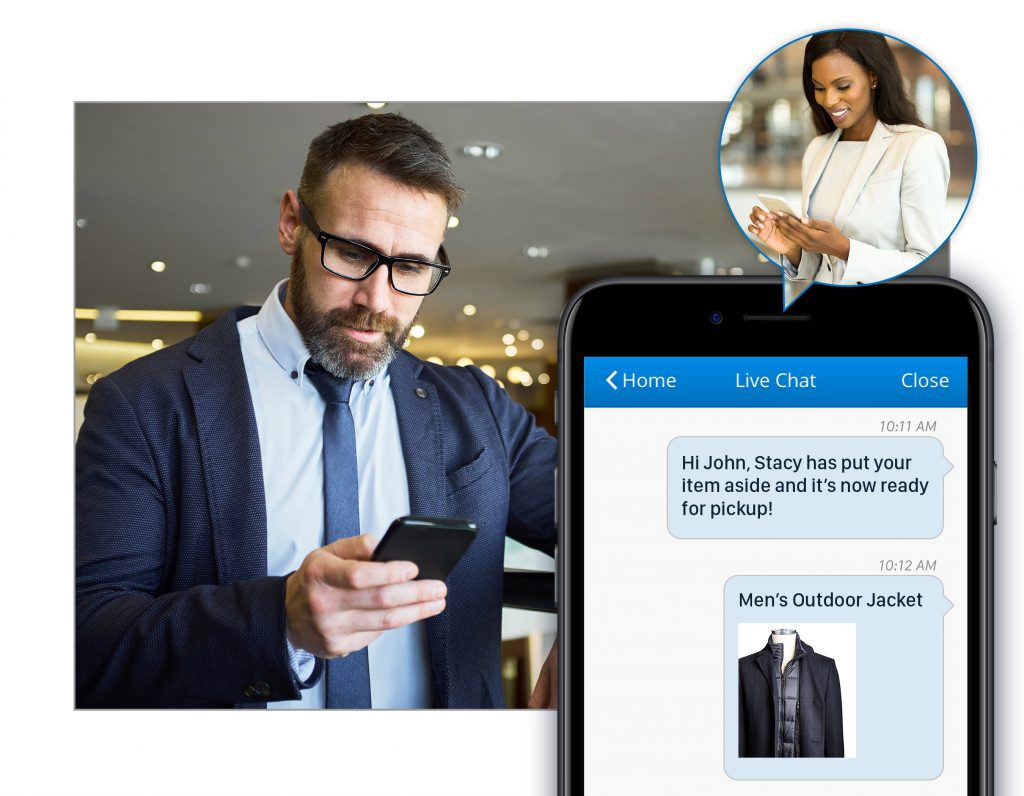
People often view suggestion engines on e-commerce platforms as replacing the role of the Sales Associate in making recommendations, but algorithms are not people. Algorithms don’t know what percentage of “people who bought this item” bought it for uncles or husbands. This is an important distinction that Sales Associates can find out in a very quick discussion.
“Algorithms don’t know what percentage of “people who bought this item” bought it for uncles or husbands.”
Use cases are only some of the reasons that people need and prefer sales associates. Developing relationships with sales associates can help you save money. Good sales associates will tip off valued customers when sales are imminent.
Winner: Sales Associate, with automation as the helpful sidekick
Associates vs. Automation on Social Intelligence
The most important distinction that separates trained sales associates from computers is being able to take in hundreds of pieces of subjective data and turn them into a “sales diagnosis.” Salespeople are able to look at a customer from the time they walk into a store and suss out their style, their mood, and through pleasant interactions, understand the immediate needs of that customer, whether they are buying for themselves, or someone very different from themselves, understand any budget concerns, and suggest items to fit the needs of that customer. This becomes infinitely harder for computers who might be able to identify your face as “you,” but not understand any of these other key pieces of data, or judge your mood.
A surprising amount of subjectivity goes into the shopping experience. People are better educated consumers- meaning they understand the average price for goods, common feature sets, what to look for in a quality item, etc. but many customers still go into shopping for gifts or major items a bit bewildered. They often have lots of questions. If you’ve ever used a “frequently asked questions” page on a website, you understand the limitations. No algorithm will be able to tell you how easy to clean one fridge is versus another one, where a Sales Associate will have the answer to this, and also ask follow up questions about product suitability if that question leads them to believe the person asking the question has children. One fridge might be safer than another for little fingers or have the water dispenser in a less accessible place. No algorithm can take these pieces of data into proper consideration and deliver a suggestion the same way.
“If you’ve ever used a “frequently asked questions” page on a website, you understand the limitations (of automation).”
Sales Associates are also the keepers of secret information that they can use to help customers. If there is a problem with a product, Sales Associates often know the best way to get in touch with manufacturers, where to have products serviced, or altered, and often can tell you before purchase if an item being sold is “white labeled” by another company. (Something even consumer reviews can’t tell you, but could be critical in the event of a product recall or a malfunction.) Secret knowledge holds great value and power for consumers, and there is no easy way to get this information online.
Computers can store a lot more information than humans and access it incredibly quickly, but they don’t pick up social cues.
Winner: Sales Associate, with automation as the helpful sidekick
Best of Both Worlds
So where does the associate fit in an automated world? At the helm. Beginning now, and expanding in the future, sales associates will be able to leverage the best parts of big data and artificial intelligence coupled with their tried and true methods of customer care.
Sales teams will be able to share secret knowledge and customer insights. They will be able to flag questions that often arise from customers to help their fellow associates more effectively learn and pass on product knowledge. They will be able to proactively communicate with valued customers to alert them of private events, and sales on specific items they’ve expressed interest in, thus raising the purchase cadence of these valued customers. They will be able to record important events in a customer’s life- birthdays, anniversaries, etc. and prepare proactive communications to entice a customer to come in to shop for that event.
Data on its own can sometimes be seen as an intrusion, but data coupled with a friendly face and a confident Sales Associate can help close deals. For many customers, the less they need to think about or disclose about their needs, the more they appreciate the service.
Service industries will always be with us, and sales associates are a vitally important part of the retail ecosystem. Imagine buying a car or a house without speaking to a person. Customers have needs that technology won’t be able to meet in the same way that a person can. Humans can leverage the best parts of technology to deliver the best solution for customers in ways that anticipate and serve the needs of customers in new and exciting ways.

